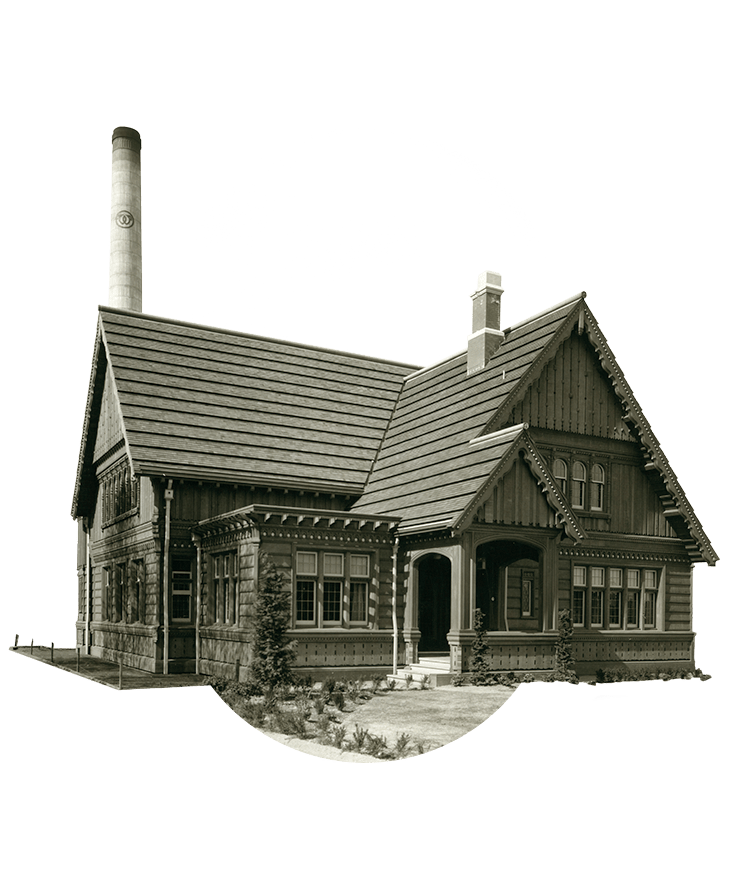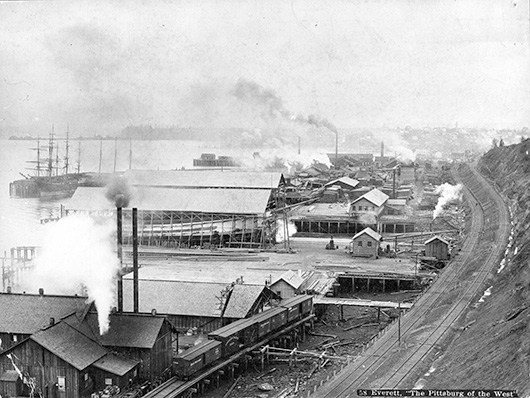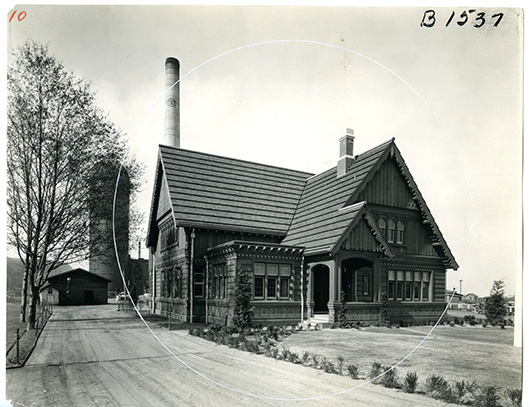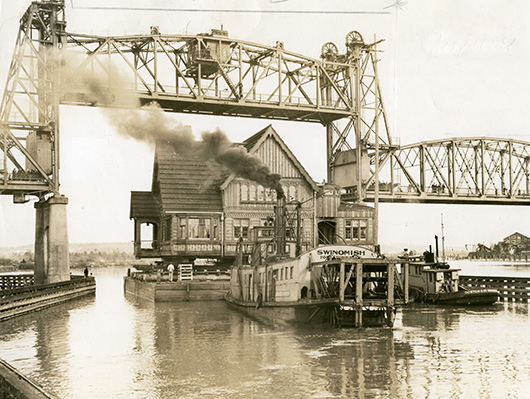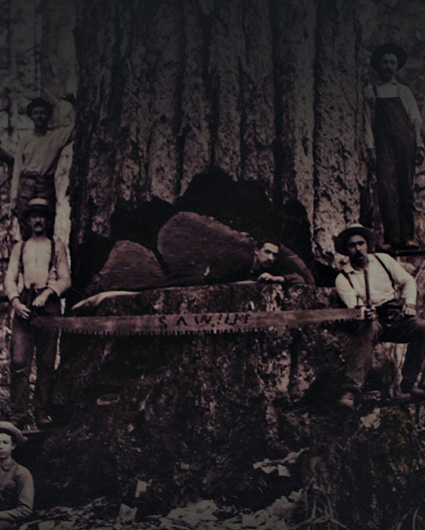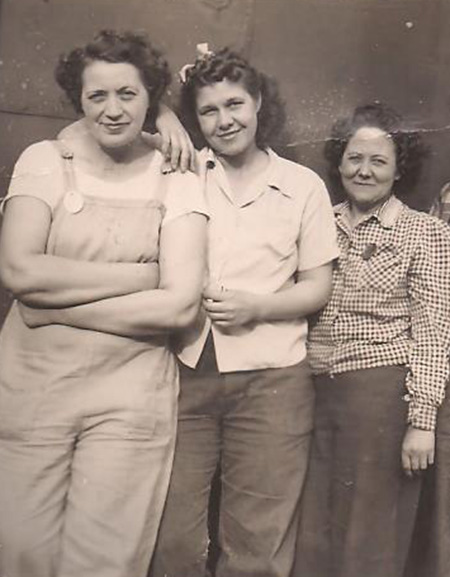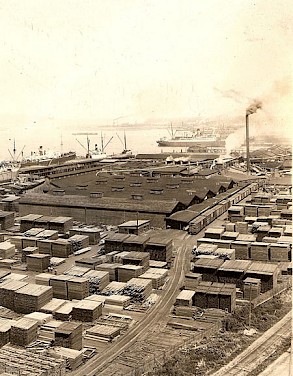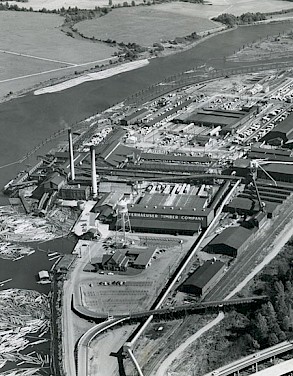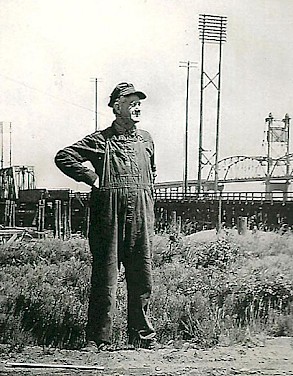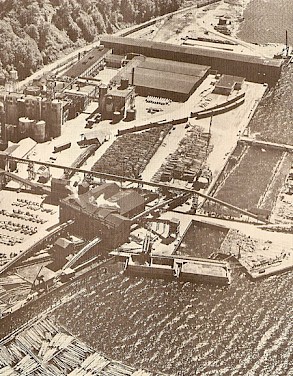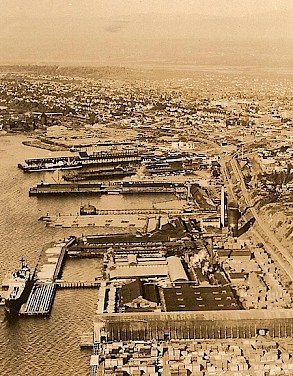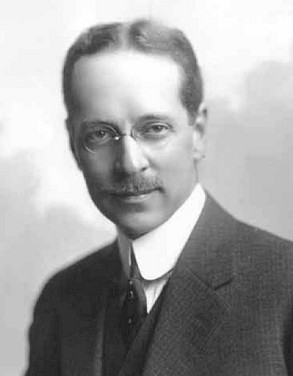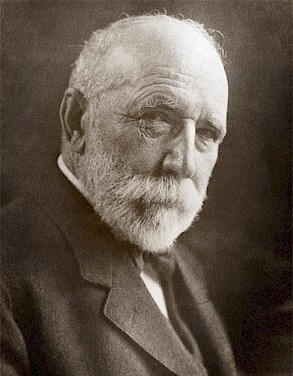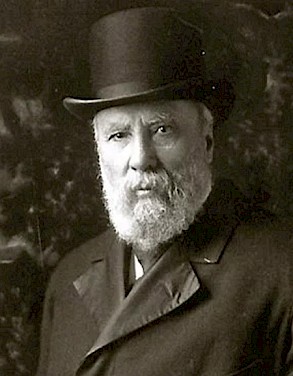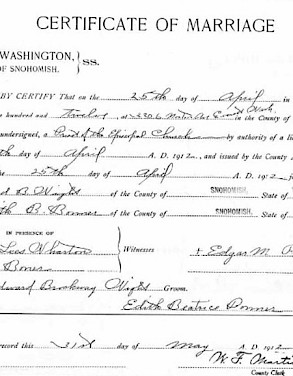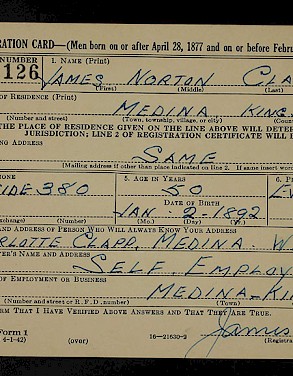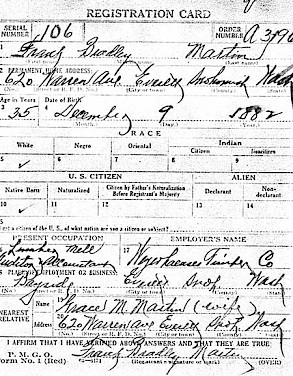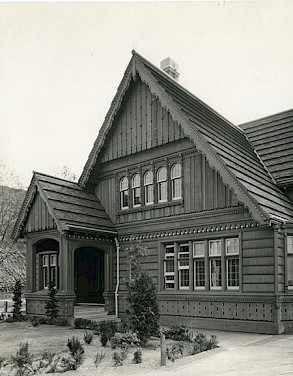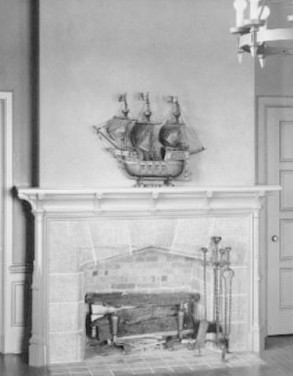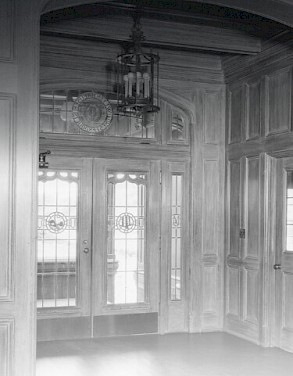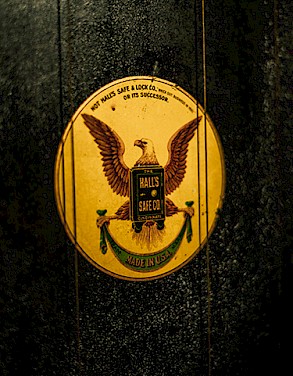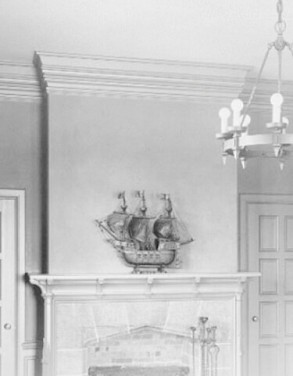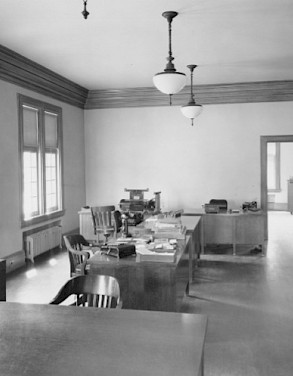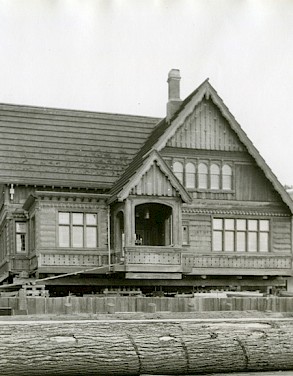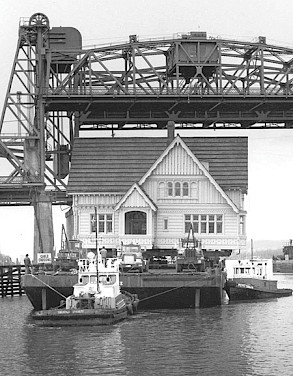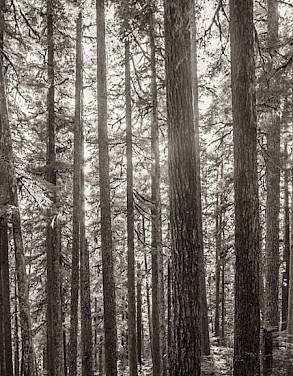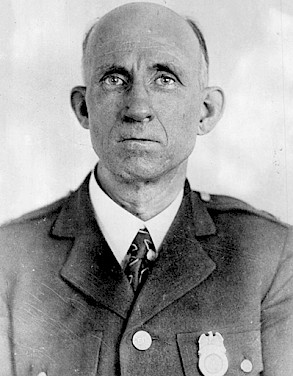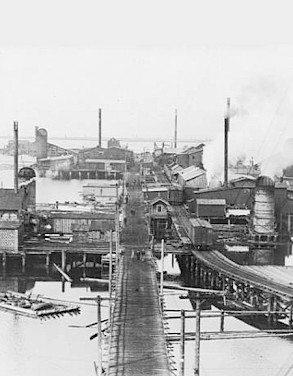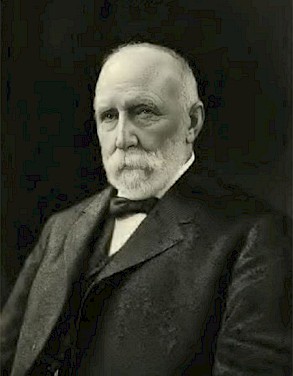An icon of the Port of Everett waterfront, the Weyerhaeuser Office Building’s ornate Gothic-style structure was erected in 1923 at the company’s first Everett plant.
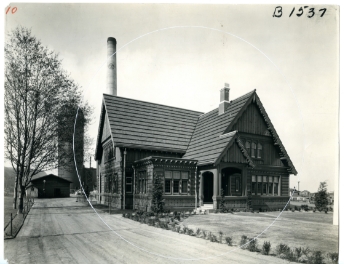
Famed architect Carl Gould was commissioned by the Weyerhaeuser Timber Company to design a 6,000-square-foot, one-and-a-half-story building that would showcase local wood species such as fir, cedar and hemlock.
-
fir
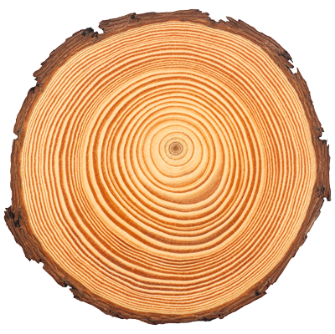
-
cedar
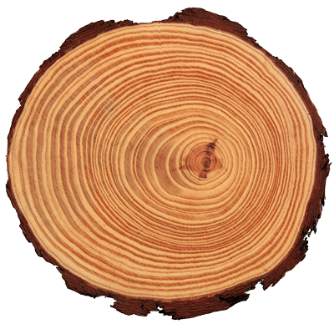
-
hemlock
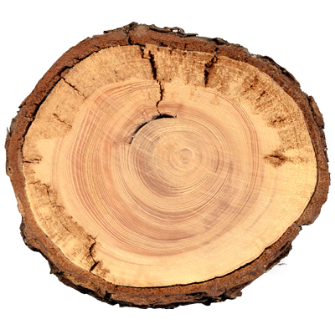
-
fir

-
cedar

-
hemlock

Douglas Fir
An important timber species in the Pacific Northwest, Douglas fir (Pseudotsuga menziesii) is used as veneer, plywood or construction lumber. It’s also a popular Christmas tree.
The coniferous evergreen is named after a couple of Scottish botanists: The common name recognizes David Douglas, while the scientific name is in honor of Archibald Menzies. Douglas is credited with collecting the tree seeds and bringing them back to Europe for cultivation in 1827. Menzies discovered the tree on Vancouver Island while on the George Vancouver expedition in 1792.
The Douglas fir is sometimes called an Oregon pine or a Douglas spruce – but these common names are misleading because it isn’t a true fir, pine or spruce. It is its own genus: Pseudotsuga. (It’s Latin for “false hemlock” – yet another species it is mistaken for.)
It is the dominant tree in the Pacific Northwest. The Douglas fir grows in the coastal forestlands of British Columbia, Washington, Oregon and California. The tree itself grows to be very tall and yields a large amount of usable lumber and veneer for plywood. On average, they reach heights of 200 feet and have diameters of 5 feet. The tallest alive today is 327 feet.
Douglas fir is an incredibly valuable commercial timber: It is widely used in construction because the wood is very stiff and strong for its weight, and it is among the hardest and heaviest softwoods available. It stains, glues and finishes well.
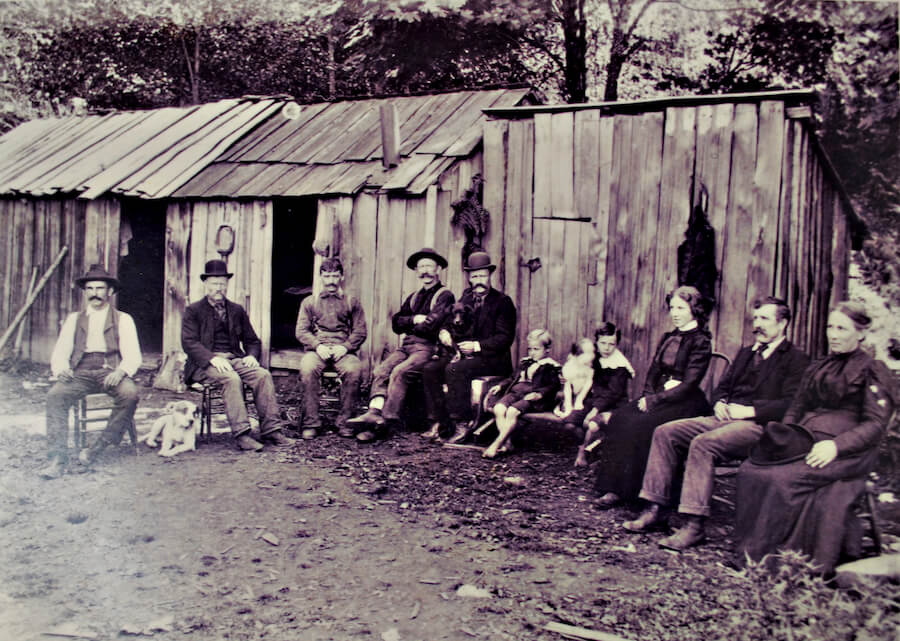
Western Red Cedar
Another tree important to the timber industry in the Pacific Northwest is the Western red cedar (Thuja plicata), with uses ranging from home construction to musical instruments.
Western red cedar is among the most prevalent trees on the West Coast: The massive trees are found mostly in the old-growth rainforests of the Olympic Peninsula and Vancouver Island. The average tree size is 150 feet and 10 feet in diameter. The tallest known tree is 195 feet.
These giants also grow along streams in Alaska, British Columbia, Washington, Montana, Oregon, Idaho and California.
Western red cedar was first collected by Archibald Menzies, also a surgeon and naturalist, in 1792 near Nootka Sound.
Sometimes called giant arborvitae — which means “tree of life” in Latin – these massive trees have large commercial importance. The wood is used for shingles, boats and greenhouses, as well as posts, pilings, decks, fencing, boxes and crates.
The Western Red Cedar is an evergreen coniferous tree. This tree also has a misleading common name: It is not a true cedar but a species from the cypress family. Other common names include giant red cedar, shinglewood and British Columbia cedar.
Western red cedar is a lightweight and strong softwood that is very resistant to moisture and decay. It also provides a dark, warm sound to stringed instruments with soundboards. The wood is easy to split when free of knots and is exceptionally durable. It glues and finishes well.
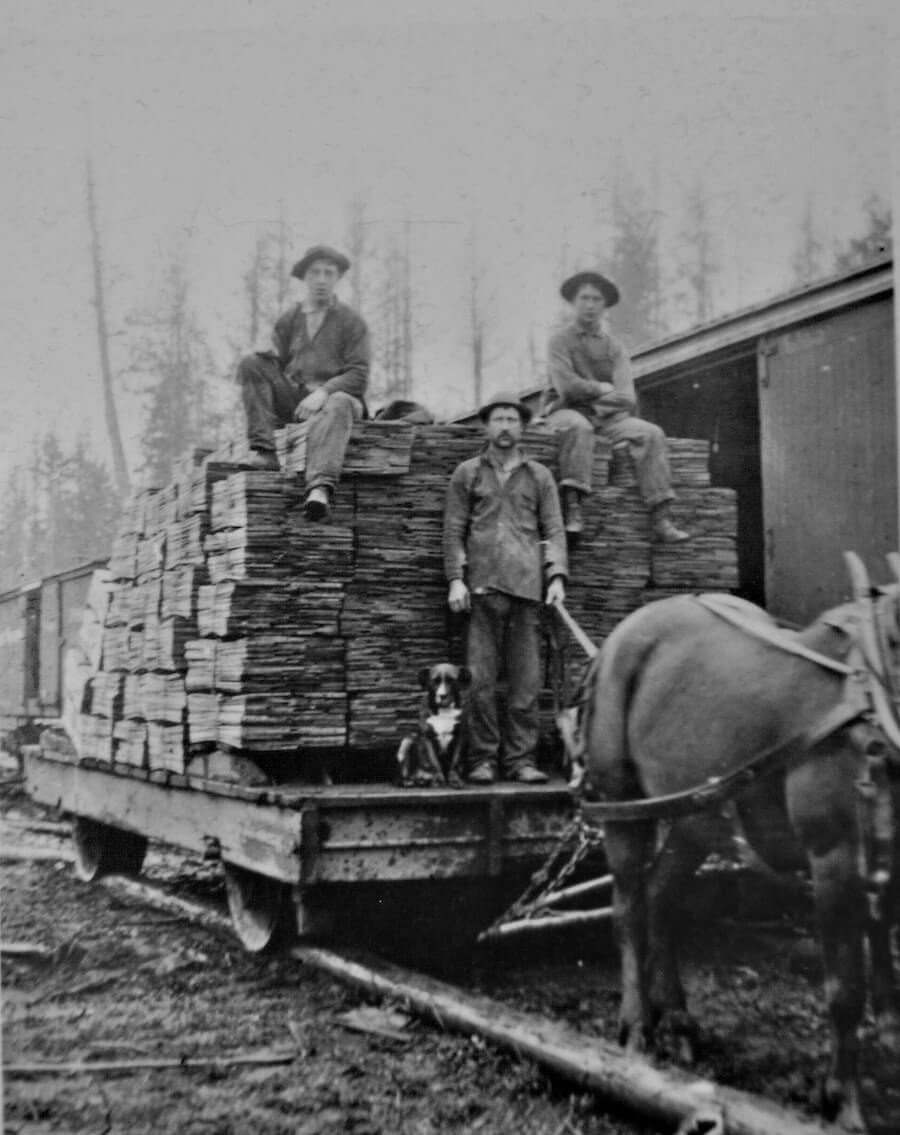
Western Hemlock
Western hemlock (Tsuga heterophylla) is also an important timber tree in the Pacific Northwest with uses that include construction lumber and paper production.
Don’t confuse this hemlock with the toxic herb – they share a name because they have a similar smell. Other common names include coast hemlock, West Coast hemlock, Pacific hemlock and Alaska pine – as it grows abundantly in the Alaskan Kenai Peninsula and is a species from the pine family.
Western hemlock grows in the coastal rainforests and forests of Alaska, British Columbia, Washington, Montana, Idaho and California. It is the largest of the hemlocks. The coniferous tree can reach an average height of 125 feet with a diameter of 4 feet. The largest alive today is 190 feet tall.
Scottish botanist John Jeffrey introduced this tree into European cultivation in 1852. He continued David Douglas’ seed-collecting efforts after his death.
Until the 1920s, the timber industry judged Western hemlock as a commercially unimportant conifer. Lumbermen presumed that its wood quality was poor, much like its East Coast relative, Eastern hemlock (Tsuga canadensis). Experience proved otherwise.
The wood of Western hemlock is softer than some other types of evergreens, which makes it easier to turn into pulp. The wood isn’t strong enough to be used in many building applications, but the timber has an even grain and is easy to work with, making it an excellent material for railway ties, pilings, poles, framing, flooring and furniture. It also glues, stains and finishes well.
